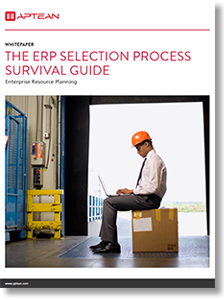The ERP Selection Process Survival Guide
This guide provides an overview of the steps for conducting an effective and successful enterprise resource planning solution evaluation, the process can be challenging because of the level of detail that must be addressed, ensuring that key steps are not overlooked.
An informed, educated and prepared organization can enjoy the many benefits of an ERP solution faster than one that simply reacts to situations as they arise.
Keep in mind that, above all else, knowledge and communication are the key elements to a successful evaluation.
The ERP Basics
An ERP solution is an integrated business system that provides a company with the decision-support tools needed to effectively manage and grow its business.
These support tools provide an organization with access to the information that it needs - when it needs it - in a user-friendly format.
The system, as a whole, allows each individual to work more effectively with a higher degree of responsiveness and provides all the information that each individual within the organization requires to do his or her job.
When a change occurs at any point, that information is updated accordingly, alerting key personnel to changes in status when required.
Management then has the ability to view this activity and make decisions based on current data and information.
If an organization is experiencing one or more of the following business conditions, it is time to seriously consider implementing an ERP solution or replacing the current one:
- Rapid growth
- New products or markets
- Uncertain financial performance
- Unknown or inaccurate costs
- Inaccurate forecasting and planning
- Missed delivery dates
- Inventories that do not meet production requirements
- Duplication of effort
Two-Tier ERP -The Right Solution for the Right Customers
It’s natural to wonder if you have the right ERP system in place for your company’s future, and any confidence you may have in that system can be called into question when a corporate parent issues a demand that you convert to the corporate “Big ERP” or financial solution that they use at headquarters.
But even in the absence of such a corporate directive, companies will sometimes question whether their incumbent system has the functionality and scalability to take them forward for the long term.
This paper also discusses the difference between tier 1 and tier 2 solutions, and the situations where it can be advantageous to utilize both types of solutions within an organization.
What’s Related
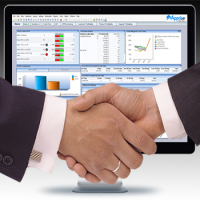
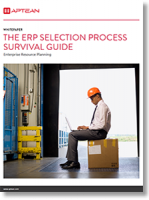
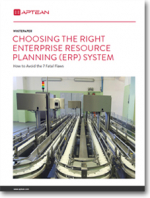
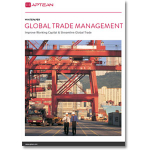
Favorites





